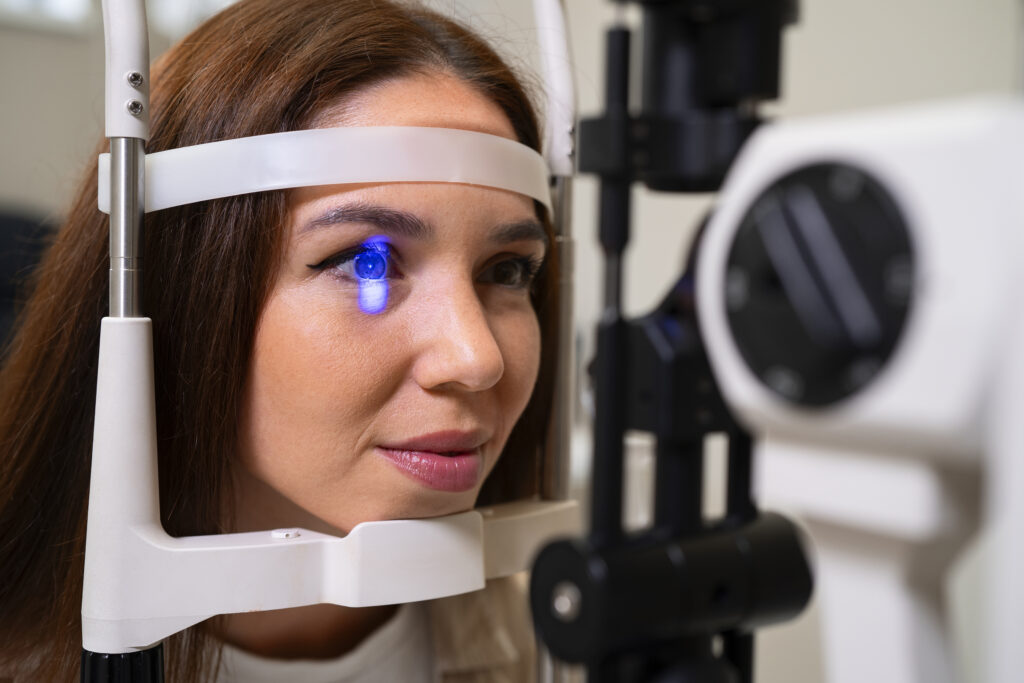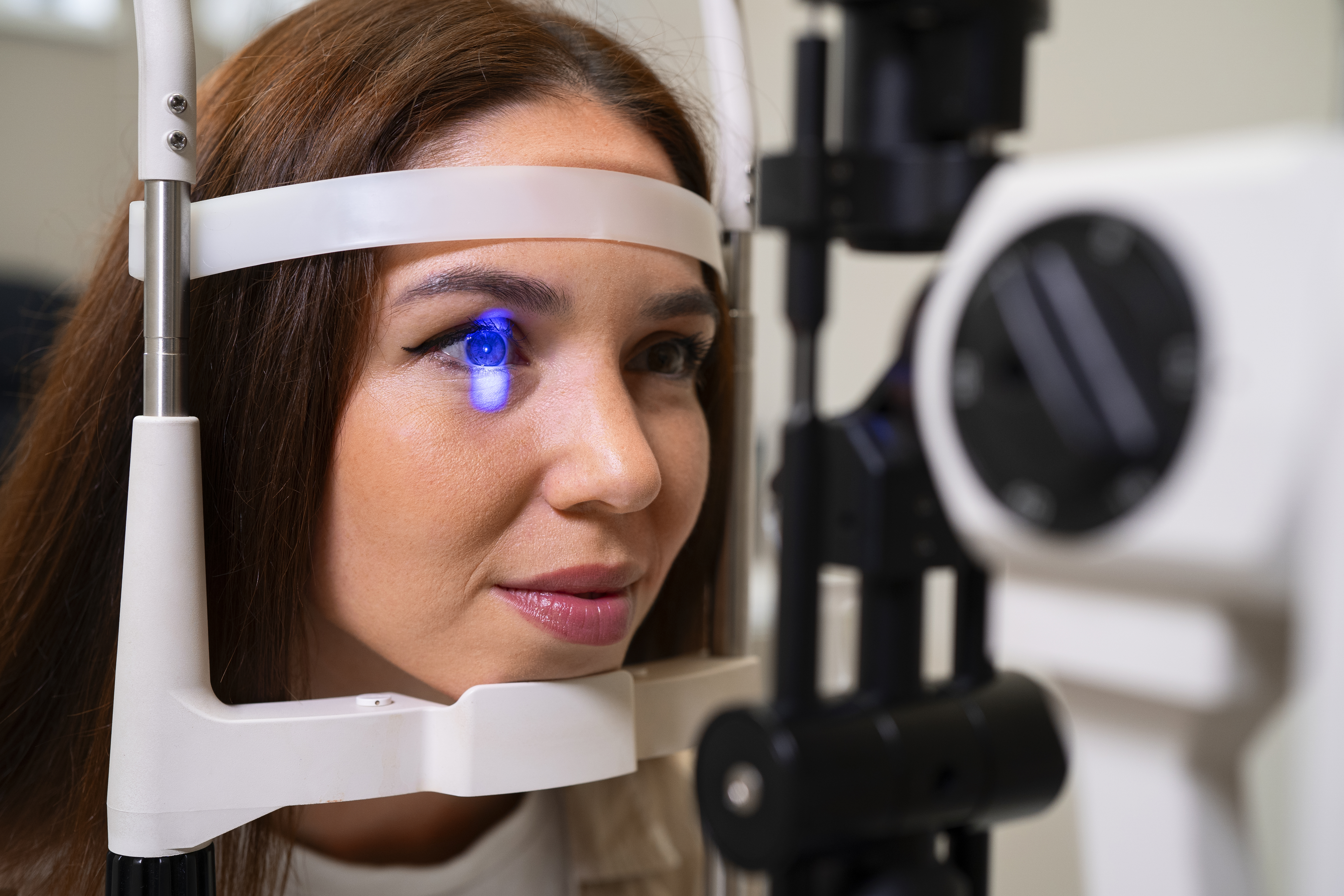If you’ve ever glanced at your eye prescription and felt completely lost among all the numbers, symbols, and abbreviations, you’re not alone. Most people walk out of an eye exam with a piece of paper that looks like a math equation — full of mysterious codes like OD, OS, SPH, and CYL. But each of these actually tells a very specific story about your vision and what kind of correction your eyes need.
OD and OS – Which Eye Is Which
Your prescription will usually have two rows labeled OD and OS. These stand for Latin terms: Oculus Dexter (right eye) and Oculus Sinister (left eye). Sometimes you’ll also see OU, meaning both eyes. This helps your optometrist or eyewear provider know which correction goes where, as each eye often has different needs.
SPH – Spherical Power
The SPH or Sphere value shows the degree of nearsightedness or farsightedness. A minus sign (–) before the number means you’re nearsighted and have trouble seeing things far away. A plus sign (+) means you’re farsighted and struggle with nearby vision. The higher the number, the stronger your prescription.
CYL – Cylinder Power
If you have astigmatism, you’ll notice a CYL number. This measures how much your cornea or lens is shaped more like a football than a perfect sphere. It affects how light focuses on your retina, causing blurred or distorted vision. The CYL number indicates how much correction your lenses need to fix this uneven curvature.

Axis – Direction of Astigmatism
Right next to CYL, you’ll see the Axis value — a number between 0 and 180. This shows the orientation of your astigmatism, or the exact direction in which the lens must correct it. Think of it as a compass guiding your glasses to bend light at just the right angle for clear vision.
ADD – Reading or Bifocal Power
For people who need help seeing up close — especially those over 40 — there’s usually an ADD value. This stands for “addition” and represents the extra magnifying power used for reading or close work. You’ll see this number in prescriptions for bifocals or progressive lenses.
PD – Pupillary Distance
Though not always written on every prescription, PD (Pupillary Distance) is essential for making your glasses. It measures the space between your pupils in millimeters, ensuring that the optical center of each lens aligns perfectly with your eyes for accurate focus and comfort.
Putting It All Together
When you understand what each number means, your eye prescription becomes less intimidating and more like a personal vision map. Every value helps your optometrist customize lenses that bring the world into perfect focus.
If you’re ever unsure about your prescription, don’t hesitate to ask your eye doctor to explain it — understanding it not only helps you make better eyewear choices but also gives you a clearer picture of your own eye health.


